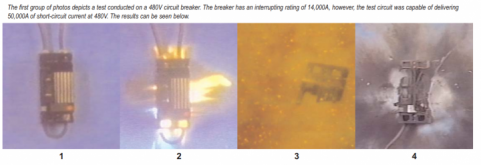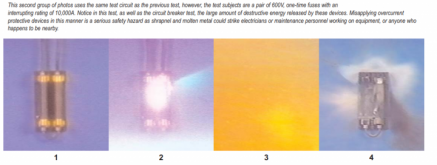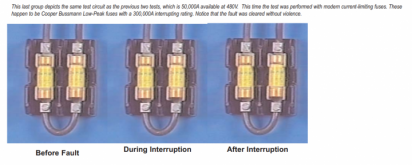Hedges
I See Electromagnetic Fields!
- Joined
- Mar 28, 2020
- Messages
- 20,498
I am not familiar with that - I just wrapped the busbars in some heat shrink to keep the double ups together and put them on there with 20mm stainless studs and serated flange nuts
Aluminum oxide and hydroxide are insulators. What current does get past broken parts of the material will be crowded, and things get hot.
For PV grounding there are sharp objects to puncture the oxide.
Aluminum is used in a lot of electrical hardware (busbars, lugs), but that is tin plated.
These terminals are plain aluminum and have been exposed to some extent to the elements.
The torque used gives (by my calculation) 700 pounds clamping force. +/-50% by one guy's measurements.
If the surfaces don't make good enough contact, at high current there will be voltage drop and they will get hot.
Maybe just contaminants as Luthj suggests? But a very fine grit would cut any oxide, without deep scratches.
Check out the threads here where people have sanded, filed, wire brushed, or otherwise removed oxide, then used a corrosion inhibitor.
Much of the conversation has been about corrosion (aluminum with copper, vs. with tin plated copper), but people have gone from hot busbars to stone cold ones with suitable preparation and treatment.





